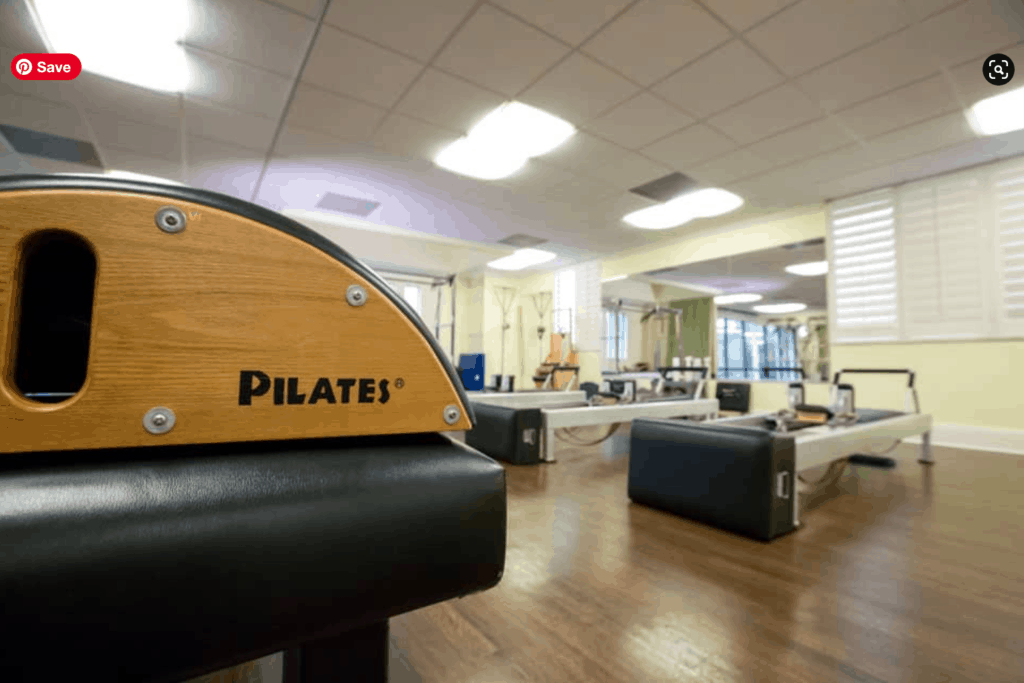
Many people wonder exactly what is Pilates, the approaches to Pilates, and how it can help them. There is no limit to what Pilates does to benefit the body regardless of age or condition. Joseph Hubertus Pilates invented Pilates to create a movement system that focuses on balancing practitioners’ body, mind, and spirit.

What is Pilates and What are its Benefits?
Pilates is a system of movements designed to help you tune in to your body, increase flexibility, and gain control over your movements. It does this by focusing on breathing, building muscle uniformity, and core strength. Pilates’ benefits to the body include improved posture, spine stabilization, flexibility, concentration, coordination, and balance. Breathing correctly in Pilates increases lung capacity and promotes relaxation and stress management. Pilates is also king when it comes to injury prevention. The controlled movements and emphasis on balanced muscular strength throughout the body help prevent musculoskeletal injuries from muscle imbalances. Additionally, many use Pilates as an exercise for rehabilitation of joint and spinal injuries.

What are the Three Different Approaches to Pilates Classes?
Within the Pilates practice, there are several different approaches; fitness, medical, and somatic; each focuses on a specific resolution the practitioner is looking to achieve. Here is what you need to know about them.
What is the Pilates Fitness Approach?
The Fitness Approach emphasis is on feeling the “burn.” Club Pilates and Megaformer are all examples of a fitness approach to Pilates. They generally only use select pieces of the Pilates system and are taught in large groups. Reformer Pilates falls into this approach as well. The Pilates reformer is a machine consisting of a network of springs, wheels, and a bedlike frame used to add resistance and leverage to specific exercises. This addition of resistance makes workouts more intense than they would be in a mat Pilates class. It’s best to wear form-fitting clothing and grippy gloves and socks for these classes. The outfit will allow your instructor to see and improve your alignment as you go through the movements, while the gloves and socks will help you hold on to the reformer without added stress on your toes and fingers. Consider signing up for private sessions for your first few classes. There are many moving parts, and sessions with private reformers give instructors the ability to intently focus on your movements so that you learn how to engage your muscles correctly on this machine. Be prepared for a full-body workout that reaches down to the tiny muscles you didn’t even know you had!
What is the Pilates Medical Approach?
Medical Approach uses a Pilates-based philosophy but has adapted and in some instances, changed the Pilates workout to fit into the physical therapy model to “fix” an issue occurring in the body. Stott’s Pilates and Polestar are all examples of this approach.
What is the Pilates Somatic Approach?
Finally, there is a somatic approach for Pilates. Pilates by AIM falls into this group and is what we practice at MatWorkz. This relatively new approach puts the Pilates practice’s responsibility on the client by allowing them to ‘sense’ how their body is moving. The idea is that the teacher guides the client in their movement through the Pilates work versus just “telling” them what to do.

What are Additional Types of Pilates Styles?
Three additional styles of Pilates practices fall within these three approaches.
The first, Classical Pilates, is the practice of Pilates closest to what Joseph Pilates originally invented. This form of Pilates includes a specific sequence of movements designed to take the body through a full range of motion, starting with foundational exercises to gain strength and control before leading into more complex exercises in the latter portion of the practice. A mat and a reformer are consistently used for these movements. The instructor will also choose to use any of the additional pieces of equipment Joe Pilates designed, like the wunda chairs, pedi-poles, and barrels, depending on the practitioners’ needs.
The second, Contemporary Pilates, contains many of the same exercises as Classical Pilates with a modernized influence from physical therapy and biomechanics for new exercises and variations. The movements aim to provide more options for injury rehabilitation. These additions allow for variety in sequencing, prop use, and modifications on the Pilates reformer.
The third, Mat Pilates, is a sequence of movements designed for the mat to mimic the actions performed on Pilates Machines. Mat pilates packs an outstanding two for one punch for beginners. The practice can be performed anywhere with a mat making it more affordable, and it requires practitioners to control their muscles without the external challenge of a reformer. As a result, newcomers can focus on how to control the muscles and build strength in movements that can later be used for the reformer.
Mat, reformer, classical, and contemporary Pilates are all designed to be modified for any experience, age, and ability level. Each of these Pilates types promises a litany of mental and physical health benefits. There is no wrong choice! Start your Pilates journey today with an intro class.
